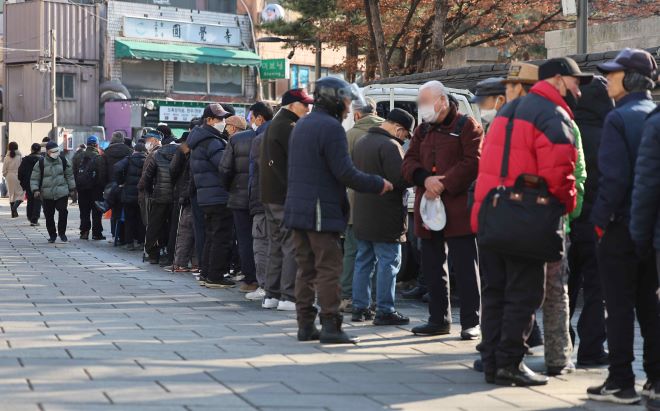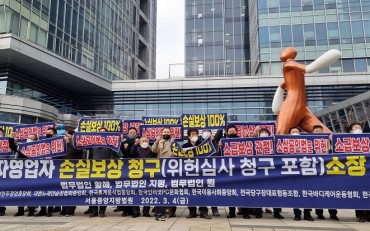SEOUL, Jan. 10 (Korea Bizwire) – South Korea’s elderly population aged 70 and older outnumbered those in their 20s for the first time last year, government statistics showed Wednesday, as the society is rapidly aging amid record low birth rates.
According to the resident registration data compiled by the interior ministry, the number of people aged 70 years and over totaled 6.32 million at the end of last year, surpassing the population in their 20s tallied at 6.2 million.
It marked the first time that the number of elderly people has outstripped the 20-something population.
That comes as South Korea’s total fertility rate — the number of children that are expected to be born to a woman over her lifetime — has broken record after record to hit 0.78 in 2022.
The population aged 65 years and older has gradually increased, reaching 9.73 million last year, a gain of 460,000 people from the previous year, to account for 19 percent of the total population, the data showed.
Of South Korea’s 17 major cities and provinces, eight were categorized as a “super-aged society,” in which people aged 65 and older make up over 20 percent of the total population. North Chungcheong Province and South Gyeongsang Province were newly added to the list last year.
Student enrollment in elementary schools dropped below 400,000 for the first time last year, as the number of children aged 6 only came to 354,740.
South Korea has seen its population fall each year since 2020, when it recorded its first population decline. Last year’s population stood at 51.32 million, a fall of 113,000 people, or a 0.22 percent drop, from a year earlier.
The ratio of the working-age population, or people aged 15 to 64, declined 0.96 percent from a year ago to about 35.9 million, accounting for 70 percent of the total number of registered residents.
Meanwhile, the population gap between the capital and other regions has widened to an unprecedented level, as the number of people living in the greater Seoul area stood at 26 million people last year, over 700,000 people more than those living outside the capital.
The gap has been spreading further apart since the population in the capital surpassed that of other regions in 2019.
(Yonhap)







